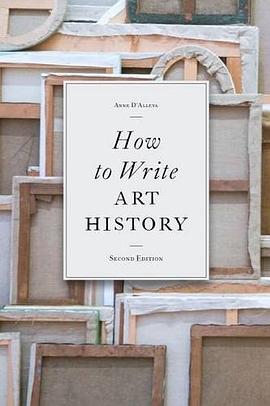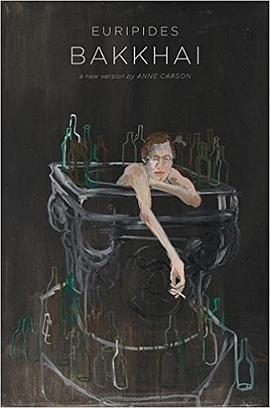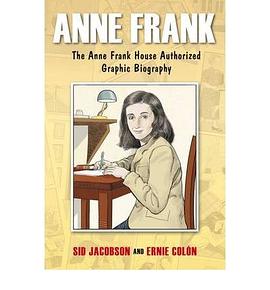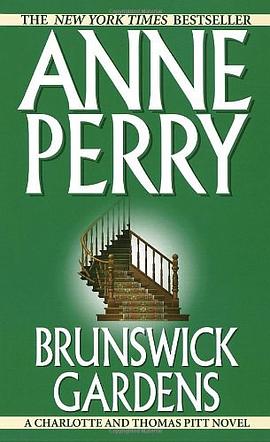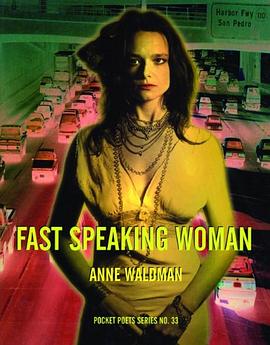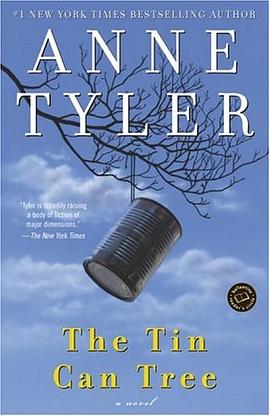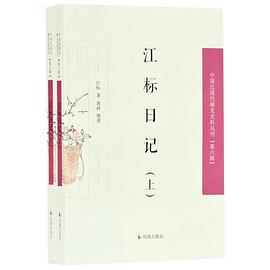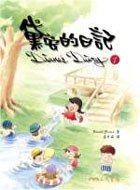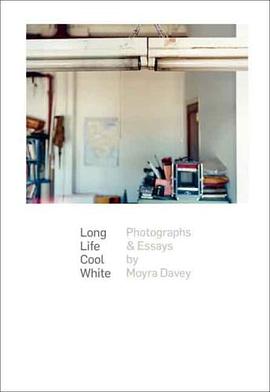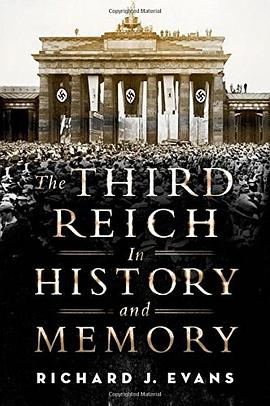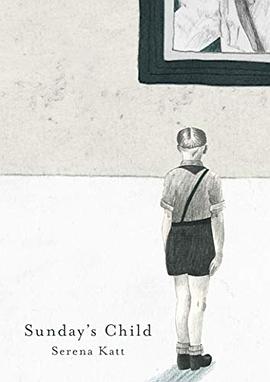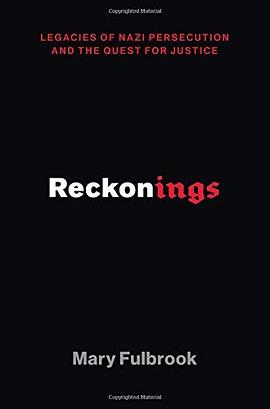index
Acknowledgements 7
Introduction How to use this book 8
Chapter 1 Introducing art history
What do art historians do? The object of art history
11
What is `art?
A working definition of art
What is `history'?
Why is art history important?
16
Art history and related disciplines
19
Art criticism
Sociology
Anthropology
Aesthetics
Cultural studies
Visual culture studies
Connoisseurship
Art history's toolbox: formal and contextual analysis
22
Museum accession numbers
Reading captions for information
23
Conclusion
26
Chapter 2 Formal analysis
Formal analysis
27
Formal elements
28
Colour
Line
Space and mass
Scale
Composition
Two-dimensional art: painting, graphic arts, photography
31
Sculpture
35
Wolfflin and formal analysis
36
Architecture
40
Installation art
42
Performance and video art
43
Digital art
46
Textile and decorative arts
48
Patrick Heron analyzes a painting by Matisse
51
Conclusion
51
Chapter 3 Contextual analysis
Art and context
52
Contextual questions
53
Art out of context? Museums and art history
56
A brief history of museums
Museums and the experience of art
Sarah Symmons analyzes a print by Goya
57
The process of interpretation: confronting your assumptions
61
The challenges of cross-cultural interpretation
The challenges of historical interpretation
Historical interpretation in practice
Is African art anonymous?
65
Art and its controversies
69
Style and meaning
71
Conclusion
73
Chapter 4 Writing art history essays and papers
Art historical arguments: opinion vs. interpretation
74
Formal analysis essays
76
Taking notes
Structuring your essay
The comparison essay
Research papers
83
Developing a topic and starting your research
Keeping notes
Resources for research
91
Books
Periodicals
Websites
Reference works
How many sources should I use?
91
Critical moments in art history writing
97
Developing a thesis
Writing an introductory paragraph
Sustaining the argument
Dealing with intentions
The conclusion
Editing
If you experience writer's block
107
Citations and bibliographies
108
MLA citations
Chicago citations
Bibliography or Works Cited
Plagiarism's grey zone
Writing style
113
Common stylistic pitfalls of art history writing
Finding a voice
Putting together those illustrations
116
Conclusion
117
Chapter 5 Navigating art history examinations
Slide identifications and short-answer questions
118
Why are slide identifications important?
How to succeed at slide identifications
Three-step slide memorization
Memory aids
Unknowns
Test-taking strategies for art history exams
126
Art history essays
128
Studying for essay tests
Types of essay question
Effective note-taking
140
Taking good notes during lectures
Developing a consistent short hand
Taking notes on readings
Participation - why bother?
142
Conclusion
143
Chapter 6 Art history's own history
Ancient world
144
Excerpt from Pliny's Natural History
145
Middle Ages
146
Renaissance
147
Excerpt from Vasari's Lives of the Artists
148
Seventeenth-century writers on art
150
Felibien in conversation with Poussin
151
Winckelmann on the Laocoon
153
Age of Enlightenment
154
The nineteenth century: foundations of modern art history
155
Twentieth-century formalists, iconographers and social historians
158
After 1970: the `new' art history
160
The feminist art history revolution
163
Do other cultures practise art history?
165
China
West Africa
Early art history in China
166
Conclusion
169
Glossary 170
Bibliography 172
Table of parallel illustrations in art history surveys 178
Index 180
Picture credits
· · · · · · (
收起)
